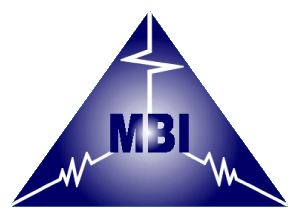On the applicability of quantum-optical concepts in strong-coupling nanophotonics
Summary (expand/hide)
Rooted in quantum optics and benefiting from its well-established foundations, strong coupling in nanophotonics has experienced increasing popularity in recent years. With nanophotonics being an experiment-driven field, the absence of appropriate theoretical methods to describe ground-breaking advances has often emerged as an important issue. To address this problem, the temptation to directly transfer and extend concepts already available from quantum optics is strong, even if a rigorous justification is not always available. In this review we discuss situations where, in our view, this strategy has indeed overstepped its bounds.We focus on exciton–plasmon interactions, and particularly on the idea of calculating the number of excitons involved in the coupling.We analyse how, starting from an unfounded interpretation of the term N/V that appears in theoretical descriptions at different levels of complexity, one might be tempted to make independent assumptions for what the number N and the volume V are, and attempt to calculate them separately. Such an approach can lead to different, often contradictory results, depending on the initial assumptions (e.g. through different treatments of V as the—ambiguous in plasmonics—mode volume). We argue that the source of such contradictions is the question itself—How many excitons are coupled?, which disregards the true nature of the coupled components of the system, has no meaning and often not even any practical importance. If one is interested in validating the quantum nature of the system—which appears to be the motivation driving the pursuit of strong coupling with small
N—one could instead focus on quantities such as the photon emission rate or the second-order correlation function.While many of the issues discussed here may appear straightforward to specialists, our target audience is predominantly newcomers to the field, either students or scientists specialised in different disciplines.We have thus tried to minimise the occurrence of proofs and overly-technical details, and instead provide a qualitative discussion of analyses that should be avoided, hoping to facilitate further growth of this promising area.
Default Region Image



